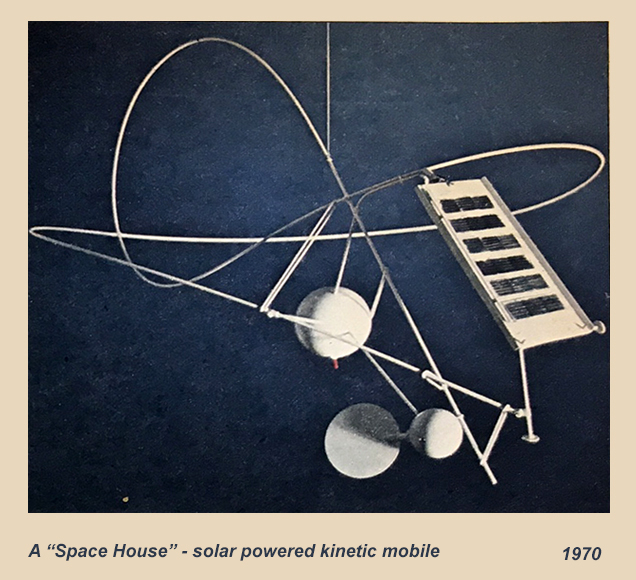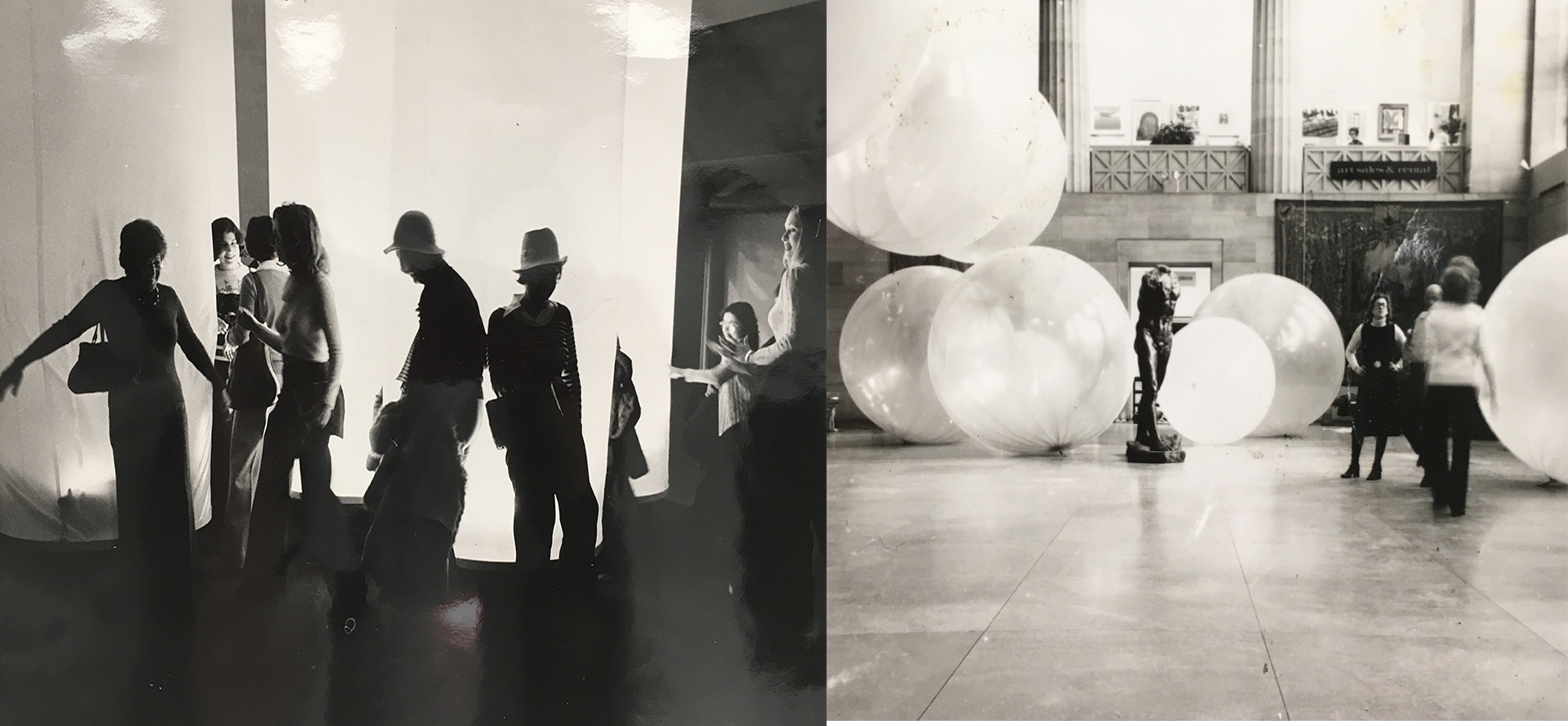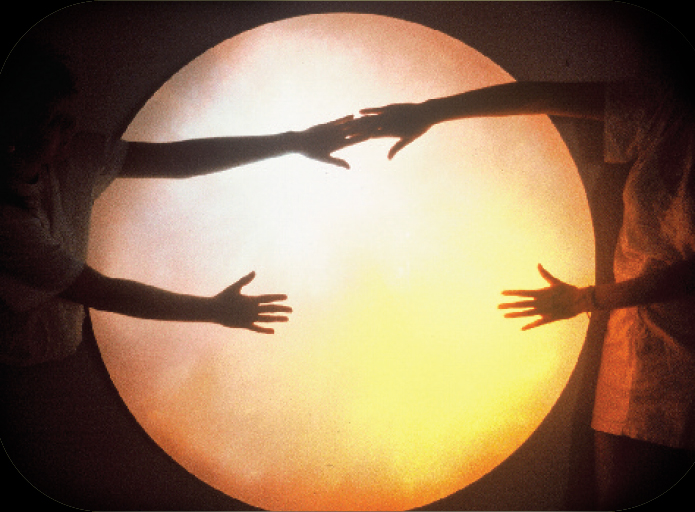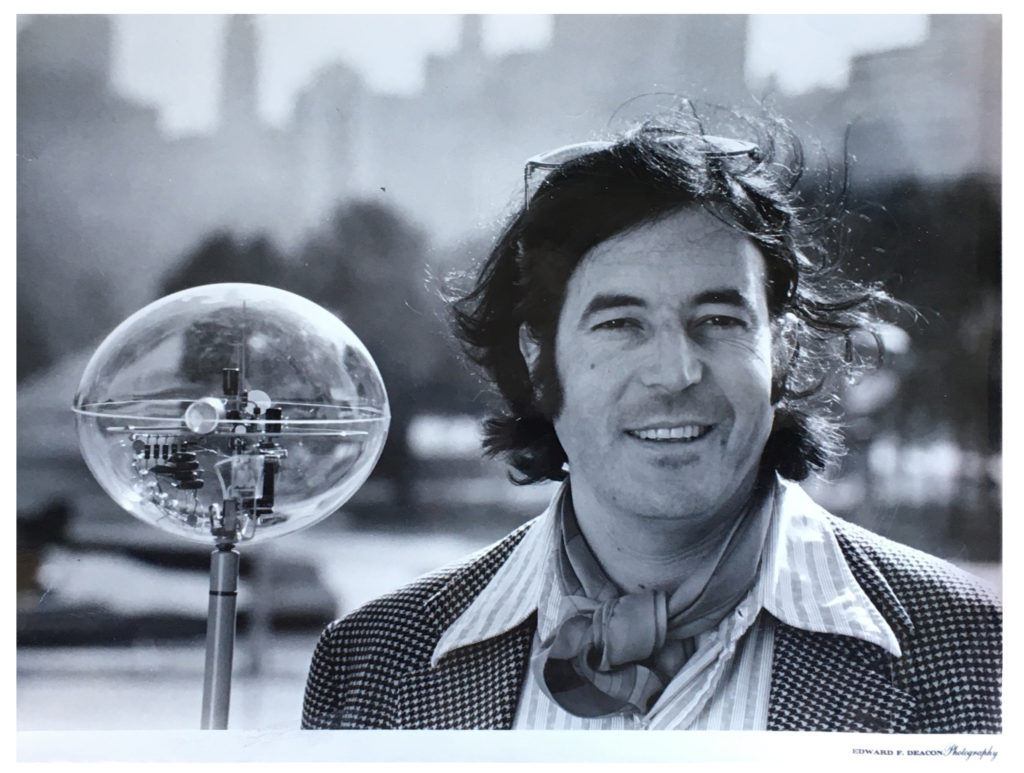Remo Saraceni
January 15,1935 - June 3, 2024
Remo Saraceni was an Italian-born world renowned artist, kinetic sculptor, engineer, and lighting designer. He was best known for inventing the Walking Piano (Big Piano) that became a hallmark in the major motion picture Big (1988), starring Tom Hanks.
The Big Piano is just one of Remo's many interactive creations that connect the imagination of childhood with the technology of the future. Remo's unique combination of scientific intellect and creative capital have earned him the description "high-tech Renaissance Man." Remo's credentials also include works on display in science and art museums, discovery centers, as well as children's hospitals throughout the world.
"BIG" Story
Arguably the most famous piano due to its memorable scene in the Tom Hanks movie Big (1988), “The Walking Piano” or “Big Piano” was created by Remo Saraceni and first installed in the toy store FAO Schwarz in New York City in 1982. Saraceni saw the oversized synthesizer as a merging of dance, music and play, with the player using their feet to make music. There have been versions of the piano installed in museums, children’s hospitals and other public spaces all over the world.



Remo Saraceni with Tom Hanks at the National Archives Museum
The National Archives Foundation honored Hanks on October 21, 2017 for his work in helping tell America’s story by awarding him the Records of Achievement Award. Tom Hanks received the Award at the National Archives Foundation gala in Washington, DC

Remo Saraceni was born in Pescara, Italy and before emigrating(1965) to New York he work on archaeological excavations, manufactured "innovative" radios and record players; designed audio-visual equipment for a major corporation; did research on air pollution in Milan; and was active as a shoe designer and industrial developer in his father's business. Since coming to this country, he has free-lanced for an electronic company developing rocket modules for space projects from 1966 to 1970, then established his own design firm. He has contributed artworks and audio-visual-tactile designs to numerous exhibitions and private collections. He has been commissioned to create museum exhibits relating to subjects varied as International Telecommunications to Biological Sciences and DNA as the fabric of life; designed a solar energy-activated outdoor sculpture for Disneyland... read more













The era of mid 60'-70' was as exciting for art in New York City as it was for technology. Pop artists like Andy Warhol, Jasper Johns and Robert Rauschenberg were reshaping what could be understood as a work of art.
In 1966 Remo participated in the project for Experiments in Art & Technology (E.A.T.), founded by engineers Billy Klüver and Fred Waldhauer, and artists Robert Rauschenberg and Robert Whitman, "9 evenings". E.A.T. matched artists with engineers or scientists for one-to-one collaborations on the artist’s specific project which took place at the 69th Regiment Armory, New York City. "9 Evenings"was a colossal enterprise, more than 10,000 people attended the nine-night event, where nearly 40 engineers from Bell Laboratories – ground zero for the modern telecommunications revolution – worked with 10 artists to bring the working methods of the postwar laboratory and the artistic studio into an unprecedentedly intimate relationship.
In September- October 1970 Remo exhibited his "House in Space" at the Wise Gallery New York City in the group show "Propositions for Unrealised Projects" among legendary Buckminster Fuller, Billy Apple, Marcel Breuer, Len Lye, Julio Le Parc, Frederick Keisler, Claes Oldenburg and many others. Remo's "House in Space" kinetic sculpture was later purchased by the director of The Museum of Modern Art, NYC.
The Wise Gallery was home to many firsts in electronic and digital art. Howard Wise’s New York Times obituary mentions he was, “an art patron and a former dealer who gave important early support to the technology in art movement in the United States” and that his gallery exhibited “the first survey in the United States of contemporary kinetic art”.




Multiples: The First Decade. John L. Tancock. Catalogue , Philadelphia Museum of Art, 1971. This catalog provides a general survey of this avant-garde trend in art, enlightening the layman from a historical and sociological standpoint.
Remo Saraceni participated in this extraordinary Art Show At the Philadelphia Museum of Art, exhibiting his kinetic art. "Multiples" was first of its kind on so comprehensive a scale in America, presented approximately 400 works of contemporary art, mainly tree-dimensional objects in limited editions, selected and installed by John Tancock. Specially commissioned for The Friends of the Philadelphia Museum of Art, Remo created multiple electronic sculptures with the "heartbeat", called "Pulsatore Numero Uno"that was given as a "momento" at the "Multiples" Opening Gala, March 5, 1971 for the guests . Represented in the show was also Remo's "The Instant News Machine"- the first ever voice recognition machine, kinetic scupture, that would tell the news if the person would say word "news". Remo designed the invitation for the party and was lending his artistic talents to the party high tech decorations





Remo Saraceni's
"The Instant News Machine"
This unique art piece, exhibited at the Philadelphia Art Museum "Multiples"Art Show in 1971 was purchased by famous American engineer, architect, and futurist Richard Buckminster Fuller, who developed the geodesic dome and this photograph was taken in 1971 in front of his house( historic landmark), the home of Buckminster Fuller, and it is the only dome that Fuller himself ever lived in. The Instant News Machine an electronic sculpture would respond with the latest news and weather report, when the person would say the world "news". First installed at Philadelphia Cental Station 1970.
The concept that Remo Saraceni developed in late '60s was way ahead of his time, it was one of the kind electronic masterpiece, a predecessor of Siri or Amazon Alexa and Google Assistant.


1971 -1977 / Kinetic Clock Radio Sculpture by Remo Saraceni




In December 16, 1971 - January 9, 1972
Remo Saraceni participated in the group show held at the Pennsylvania Academy of Fine Arts, in Philadelphia. Counterpoint: Sculpture by:
Italo Sanga, Remo Saraceni, Carlo Travaglia,
Nansy Grossman, Sidney Simon


Interviews and more archival materials about the artist

2000 AD - PROJECTION INTO THE FUTURE" for the Institute of Contemporary Art (1973)
October 25, 1973/ Main Line Times . ... "Remo Saraceni, artist, designer, kinetic sculptor,.. focusing on the theme "2000 AD - PROJECTION INTO THE FUTURE" for the Institute of Contemporary Art. With special use of light and sound Remo created a unique environment in which guests dressed in cosmic clothing, chrome brainwave helmets and black tie explored year 2000 with all their senses celebrating this historic occasion - 10th Anniversary of ICA of the University of Pennsylvania."





Remo Saraceni with Nancy Grace Brewster, ex wife of Charles B. Grace, an heir to the Bethlehem Steel fortune, she was a a contributing editor for Vogue, Town & Country, world traveler, and society grande dame. - Philadelphia. 1978



In late 70' Remo creates his light sculptures, interactive system designed in for high energy efficiency that could be hung on the ceiling, on the wall or placed on the floor. It was made with glossy acrylic with a sensuous, soft color of diffused light.
Hailed as a Mid-Century masterpiece when originally released, Remo Saraceni's Clouds are in the collections of major museums and featured in the Whitney Museums collection "High Styles: 100 years of American Design" along side other masters like Tiffany, Frank Lloyd Wright and Frank Gehry.


Remo Saraceni's recent exhibits included a Sept. 2016 "Unlisted", an art fair showcasing work curated by thirteen Philadelphia based curators, gallerists and artists presented by The Icebox Project Space and Marginal Utility.
Sid Sachs, director of the Rosenwald-Wolf Gallery at the University of the Arts, had a grouping of works by Philadelphia artists that is one of the fair's more fascinating shows. The exibit included an interactive sculpture (mid 70') by the artist and inventor Remo Saraceni, who exhibited his artworks in Philadelphia museums and galleries in the 1970s, then leapt to fame as the designer of the gigantic keyboard for the 1988 film BIG.



Regan McCook
Founder & CEO

Eric Teagan
Vice President

Timothy Barrett
CFO
Fore more videos Please visit Remo Saraceni's YouTube video channel.
Next Steps...
This is should be a prospective customer's number one call to action, e.g., requesting a quote or perusing your product catalog.







